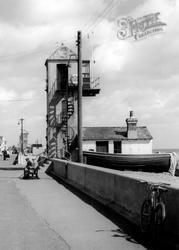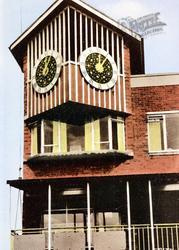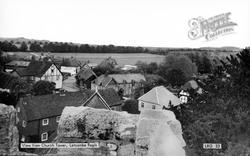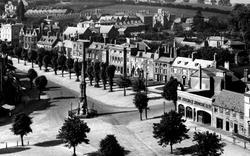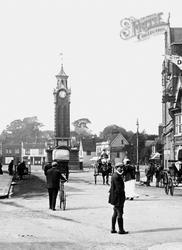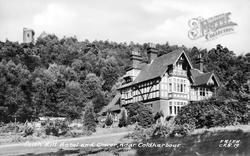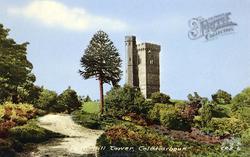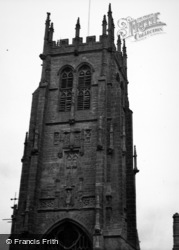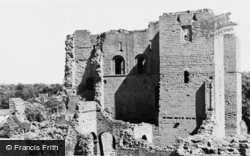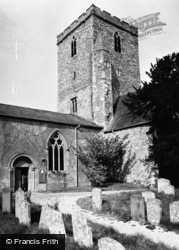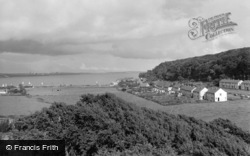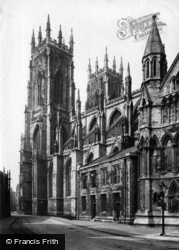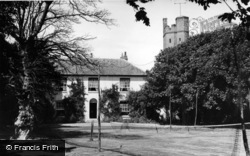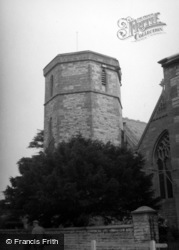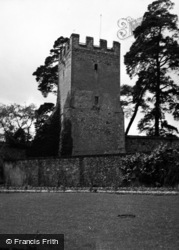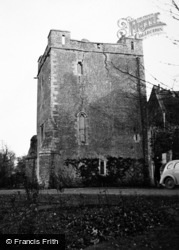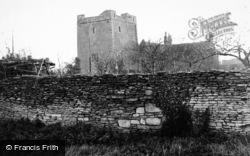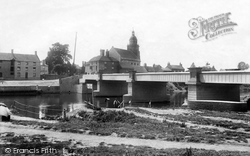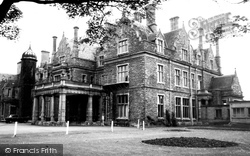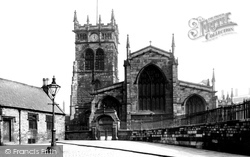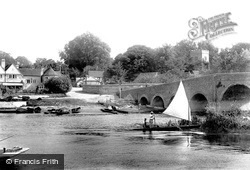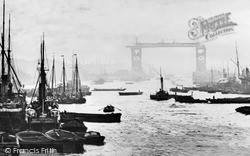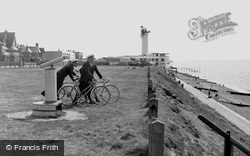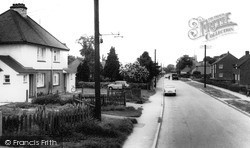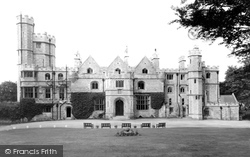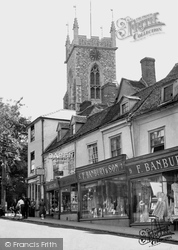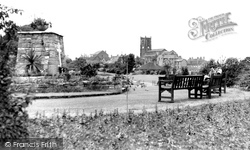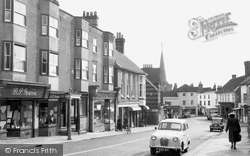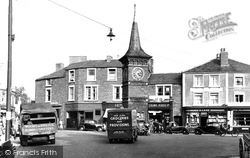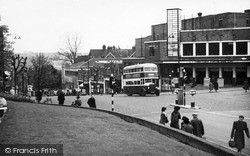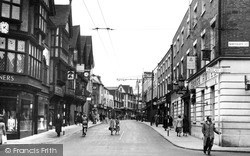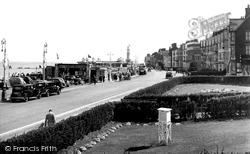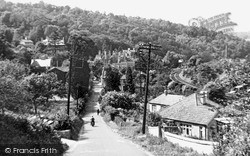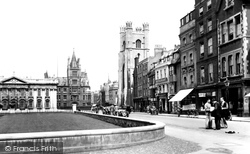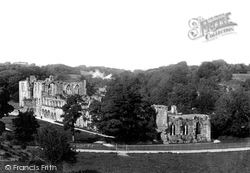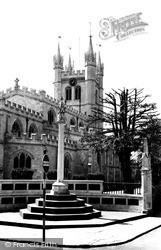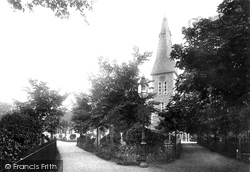Places
36 places found.
Those places high-lighted have photos. All locations may have maps, books and memories.
- Poplar, Middlesex
- Bow, Middlesex
- Bethnal Green, Middlesex
- Stepney, Middlesex
- Alton Towers, Staffordshire
- Isle of Dogs, Middlesex
- Limehouse, Middlesex
- Spitalfields, Middlesex
- Barjarg Tower, Dumfries and Galloway
- Bromley, Middlesex
- Stratford Marsh, Middlesex
- Tower Hill, Merseyside
- Tower Hill, Essex
- St George in the East, Middlesex
- Wapping, Middlesex
- Globe Town, Middlesex
- Old Ford, Middlesex
- Cubitt Town, Middlesex
- Tower Hill, Cheshire
- Tower Hill, Surrey
- Bow Common, Middlesex
- Mile End, Middlesex
- Millwall, Middlesex
- Ratcliff, Middlesex
- Warmley Tower, Avon
- Tower Hill, Hertfordshire
- Tower End, Norfolk
- Tower Hamlets, Kent
- Tower Hill, Devon
- Tower Hill, West Midlands
- Blackwall, Middlesex
- North Woolwich, Middlesex
- Hackney Wick, Middlesex
- Shadwell, Middlesex
- South Bromley, Middlesex
- Tower Hill, Sussex (near Horsham)
Photos
2,720 photos found. Showing results 1,341 to 1,360.
Maps
223 maps found.
Books
1 books found. Showing results 1,609 to 1.
Memories
637 memories found. Showing results 637 to 637.
Captions
3,036 captions found. Showing results 1,609 to 1,632.
The tower of the church is 13th-century, but the unusual copper cupola was added in 1769 - it was designed by Anthony Keck. The main body of the church was demolished in the 1930s.
The round turret by the side of the main entrance with its ogee cap looks very much like a windmill tower.
The west tower was heightened in 1861, but the lower part is 13th-century, or perhaps even earlier, as the walls here are 6ft thick and there is also a garderobe chamber.
The Great House Hotel on the left is now much extended, and the church tower is largely concealed by more mature trees.
Here we see the towers - 'steel skeletons clothed in stone' as described by Sir John Wolfe Barry, the architect - not yet stone clad, and the upper walkway taking shape.
The 120-ft tower seen here was demolished in 1969.
Fawkham's church, repaired and reseated by the Victorians, has a wooden tower and Norman windows.
The fine west tower dates from the 15th century, although the nave and chancel may be traced to Norman times.
The garlands from the formal opening are still evident in this view, in which visitors admire the pristine stone and brick of the Clock Tower.
It was at this time that the tower was added.
Much of the church dates from the 14th century, but the old west tower fell down and was rebuilt in 1850; further restoration followed.
In the background, the stately Perpendicular tower of Heanor's Parish Church of St Lawrence dominates the view. The church was extensively rebuilt in 1868.
The four round towers of the castle which enclose the courtyard can be climbed to a considerable height.
From the 15th-century church, with its famous tower crowned by a tall spire, there are good views towards the Clayton Windmills.
Although the foundations of the church date back to the 13th century, the flint tower was only built in the 16th century.
The clock tower was built by the potter Sir Edmund Elton for Queen Victoria's Diamond Jubilee in 1897, by which time the shops were spreading towards the sea front with tourist development.
The tall glass tower on the left was removed in the 1950s. Known during its life as the Ritz Essoldo, the Classic, the Cannon, the MGM and the ABC, the cinema was closed in 2000.
In the distance is the Town Hall clock tower.
Beyond is the Central Bandstand, and rising in the distance is the landmark purpose-built clock tower donated to the town in 1837 by a wealthy widow.
This view looks north down the lane to Lower Limpley Stoke, with the railway curving along to the station beyond the locomotive water tower (now closed).
To the left is the Senate House, while the tower with four distinctive turrets belongs to the Church of Great St Mary.
The west tower, built in the 15th century, must have been a magnificent structure; we see it here from the nave. St Mary of Furness was founded in 1127 by Stephen, a future King of England.
Below the tower is a brass of Jack of Newbury.
contains 12th-century arcades, which accounts for its long low profile; St John's has been considerably rebuilt over the years, and was extensively restored in 1875 by Christian.The 14th-century tower
Places (38)
Photos (2720)
Memories (637)
Books (1)
Maps (223)


